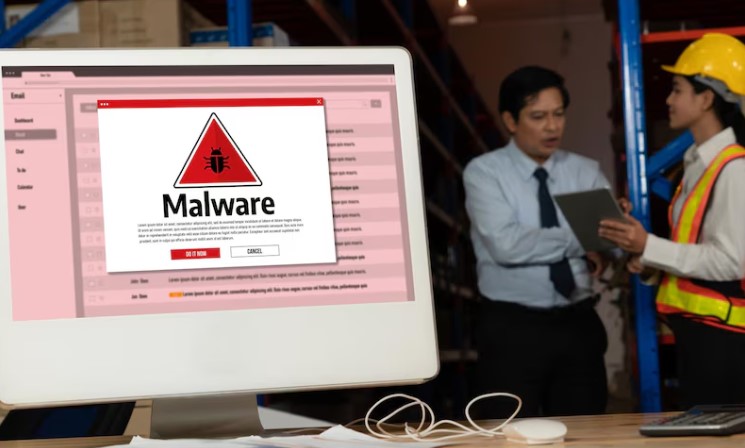Computerized Maintenance Management Systems have transformed how businesses handle maintenance tasks, asset tracking, and work order management. These systems streamline operations, improve efficiency, and reduce downtime. However, like any software, these platforms can encounter errors that disrupt workflows and hinder productivity. Troubleshooting these problems effectively ensures that the system remains a high-performance asset rather than a frustrating obstacle.
Understanding and resolving maintenance errors requires a structured approach. Jumping to conclusions or applying quick fixes without identifying the root cause may lead to recurring issues. A systematic troubleshooting process helps resolve problems efficiently and prevents future disruptions.
Identifying And Resolving CMMS Errors
A logical approach to troubleshooting CMMS errors helps eliminate unnecessary downtime and ensures that corrective actions address the problem. Follow these essential steps for troubleshooting to fix CMMS errors:
1. Verify User Credentials And Permissions
Incorrect login credentials or restricted user permissions often cause access-related errors. Ensure the username and password are correct, and the user role has the necessary privileges. If access problems persist, reset credentials or contact the system administrator for permission adjustments.
2. Check For Network And Connectivity Issues
Many errors stem from weak or lost internet connections, especially in cloud-based systems. Confirm that the network is stable by testing other online applications. If connectivity issues exist, restart the router, check firewall settings, or switch to a different network to restore access.
3. Review System Updates And Compatibility
Software updates sometimes introduce compatibility issues with existing infrastructure. If errors appear after an update, check for available patches or roll back to a previous version. Ensure that the software aligns with the operating system and other integrated applications.
4. Inspect Data Entry And Formatting Errors
Incorrect data inputs, such as invalid characters or incomplete entries, can trigger system malfunctions. Review error messages for specific formatting requirements, correct inconsistencies, and attempt to re-enter data accurately.
5. Clear Cache And Refresh The System
Stored cache and outdated session data can cause performance issues. Clear the browser cache or restart the application to refresh the system. If using a web-based platform, logging out and logging back in may resolve temporary glitches.
6. Examine Database Integrity And Storage Limits
Database errors may result from corrupted files or exceeded storage limits. Run system diagnostics to check database health, remove redundant data, and ensure adequate storage capacity. If necessary, consult IT support for database repairs.
7. Test On A Different Device Or Browser
Some CMMS errors are device- or browser-specific. If an issue persists, try accessing the system on another device or using a different browser. Updating the browser or reinstalling the application can also resolve compatibility problems.
Strengthen Your CMMS Reliability For Long-Term Efficiency
Frequent CMMS errors disrupt maintenance operations and affect overall productivity. Establishing a proactive approach to system management helps prevent recurring issues. Regular maintenance software, routine system audits, and user training sessions provide a stable and efficient CMMS environment. Investing time in preventive measures reduces downtime and ensures that maintenance workflows run smoothly.
An effective troubleshooting strategy saves time and resources while maintaining operational efficiency. Understanding common error sources and following a structured resolution process enables maintenance teams to minimize disruptions. A well-managed software enhances productivity, supports data accuracy, and improves asset performance, making it an indispensable tool for any organization.



